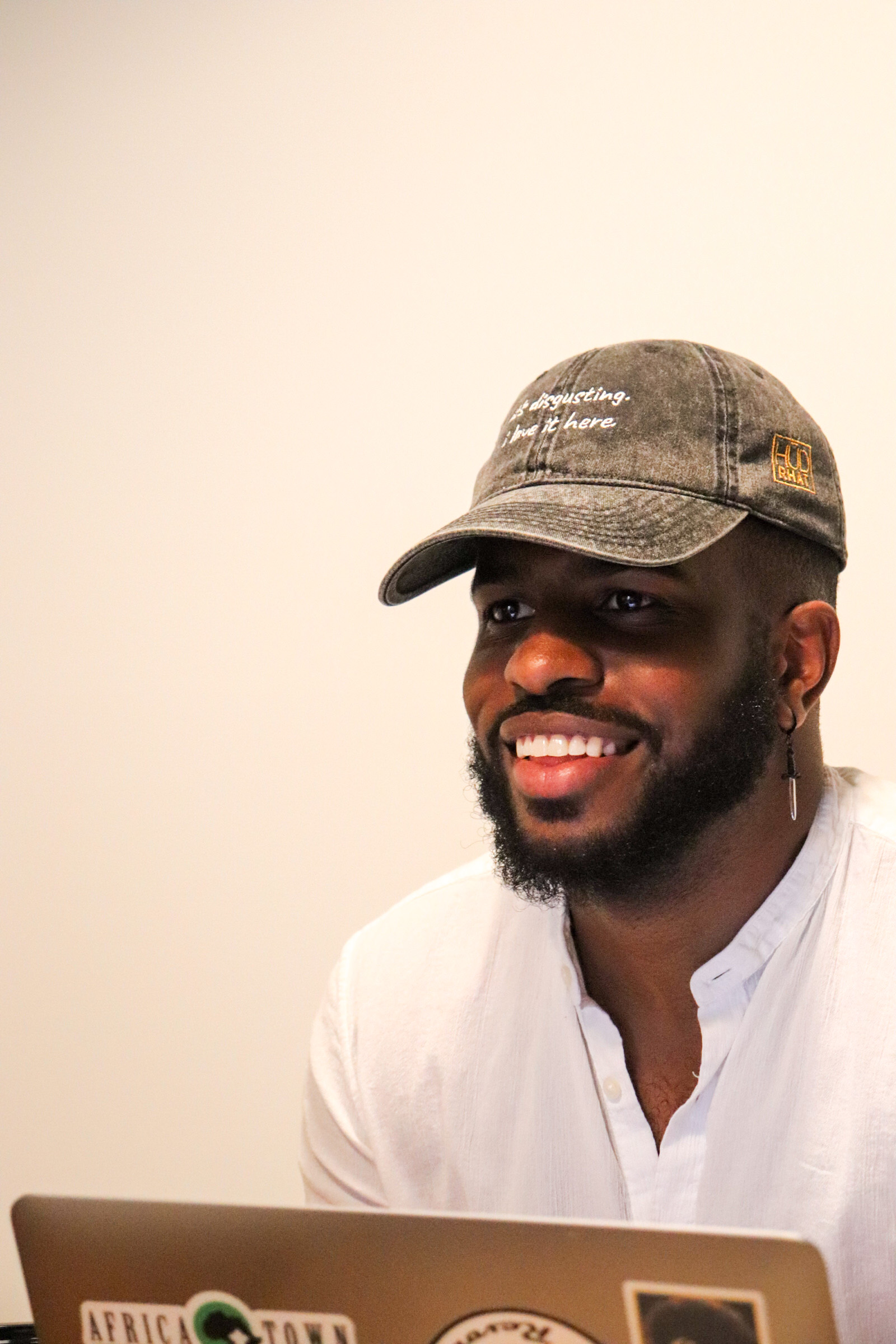Africatown Deals Gentrification a Major Blow in the Central District
- Jawan Harris

- Jun 1, 2023
- 3 min read
Black businesses and community members are taking back the Central District of Seattle block by block.

There should be a word describing the feeling when you crave a food you will never be able to eat again. Maybe the restaurant you used to order from shut down. Maybe the auntie down the street that used to make it moved away. There should be a word for that feeling of longing and loss so profound you can practically taste it.
We already have a word for one of the main reasons folks feel it: gentrification.
For decades, gentrification has replaced redlining, which replaced colonization as the primary means of forcing communities of color off their land, out of their communities, and into whatever conditions and locations Whiter and wealthier neighborhoods have designated for them. This has been the story of communities of color nationwide and the story of the Central District of Seattle until now.
As a result of the work of the Africatown Community Land Trust and its supporters, the Central District is now a story of reclamation. It’s a story of homecoming. And it is a story of success for Black businesses, communities, and people.
Ninety Percent Black.
The Central District of Seattle was built on top of Duwamish land, and Jewish and Japanese migrants primarily occupied it until the 1940s, when large waves of Black folks began arriving. The area soon ignited with community and culture, and the Central District's south side became a hotbed of musical talent. Superstars like Quincy Jones, Ray Charles, and Jimi Hendrix started around South Jackson Street.
Black folks continued to flow into the district; by the 1960s, the population reached a high of ninety percent Black. Black businesses and Black people were thriving in the CD. In the 1970s, though, things began to change.
Ten Percent Black.
Gentrification began to take hold, and by the 1980s, the Black population in the Central District was rapidly declining and divesting. Once the technology boom hit, the CD became a target for displacement. Housing prices and property taxes skyrocketed. Divestment seeped in. And block by block, low-income Black folks were replaced. By 2022, the Black population had plummeted to less than ten percent.
Local barbershop owner Earl Lancaster recounts for FOX13, “The neighborhood was beautiful. If you needed some support or somewhere to go, you just go right down the street to your friend and family, and you can get it.”
One of his customers chimed in, "Deano's and Oscars and all those places are gone. Helen's gone. Thompson's gone. It's just everybody's gone. I remember when it used to be all kinds of Black restaurants."
100% Dedicated.
President and CEO of Africatown K. Wyking Garrett described in a recent interview, "' There was a time when people were really just like, 'Man, we really lost everything, and there's no future for us.'"
The Africatown Community Land Trust (ACLT) was created to take it all back. It was founded by members of the business community and residents of the Central district to reject that stolen future and replace it with healing and homecoming.
In their own words, "Africatown Community Land Trust is working for community ownership of land in the Central District that can support the cultural and economic thriving of people who are part of the African diaspora in the Greater Seattle region. The Africatown Community Land Trust board comprises real estate professionals, business executives, entrepreneurs, and other professionals and long-time community members from the Central District."
Their work has been strategic, consistent, and overwhelmingly successful.
Homecoming.
In 2021, ACLT closed the deal on a $14 million property block at 16th and Yesler. According to King5 News, "Planners say the Africatown Plaza project will create 126 new units for families and individuals making up to 60% of the Area Median Income….Along with housing units, the space will include a public plaza, curated art collection, headquarters for ACLT, and a community room."
The construction is being led by Black architects, designers, and laborers. The call to come home is being made to Black businesses and families. The goal is to continue inviting and expanding. The ACLT says it's working for "outcome, not income." And they are getting results.
Are you curious about the potential impact of gentrification on your business? Contact us today for a free consultation.

GS Potter is a researcher, analyst, and strategist with over 20 years of experience supporting grassroots and grasstops organizations, media outlets, and strategy firms. Her specialty is producing content and analysis for BIPOC communities and those supporting them.














Comments